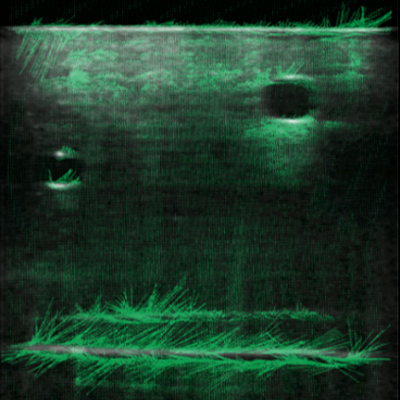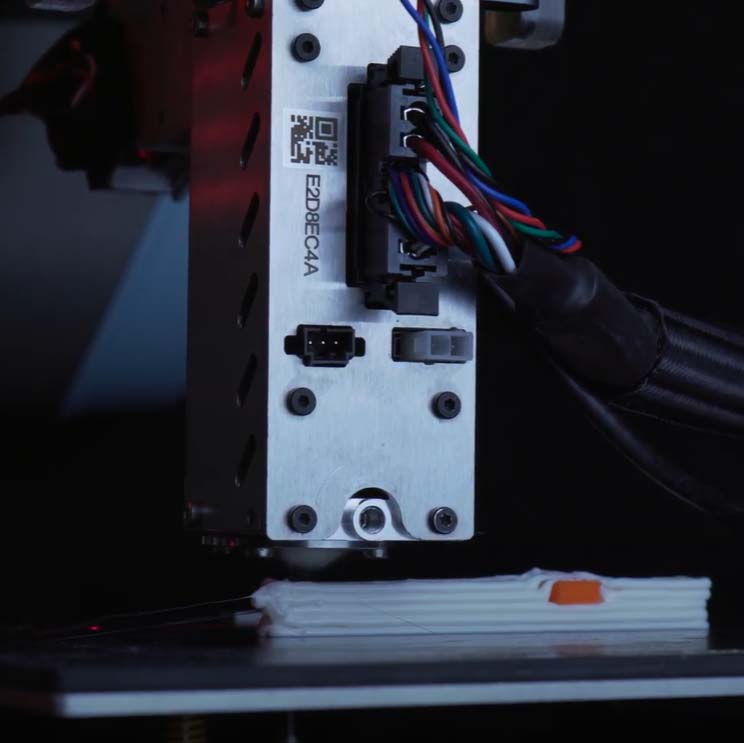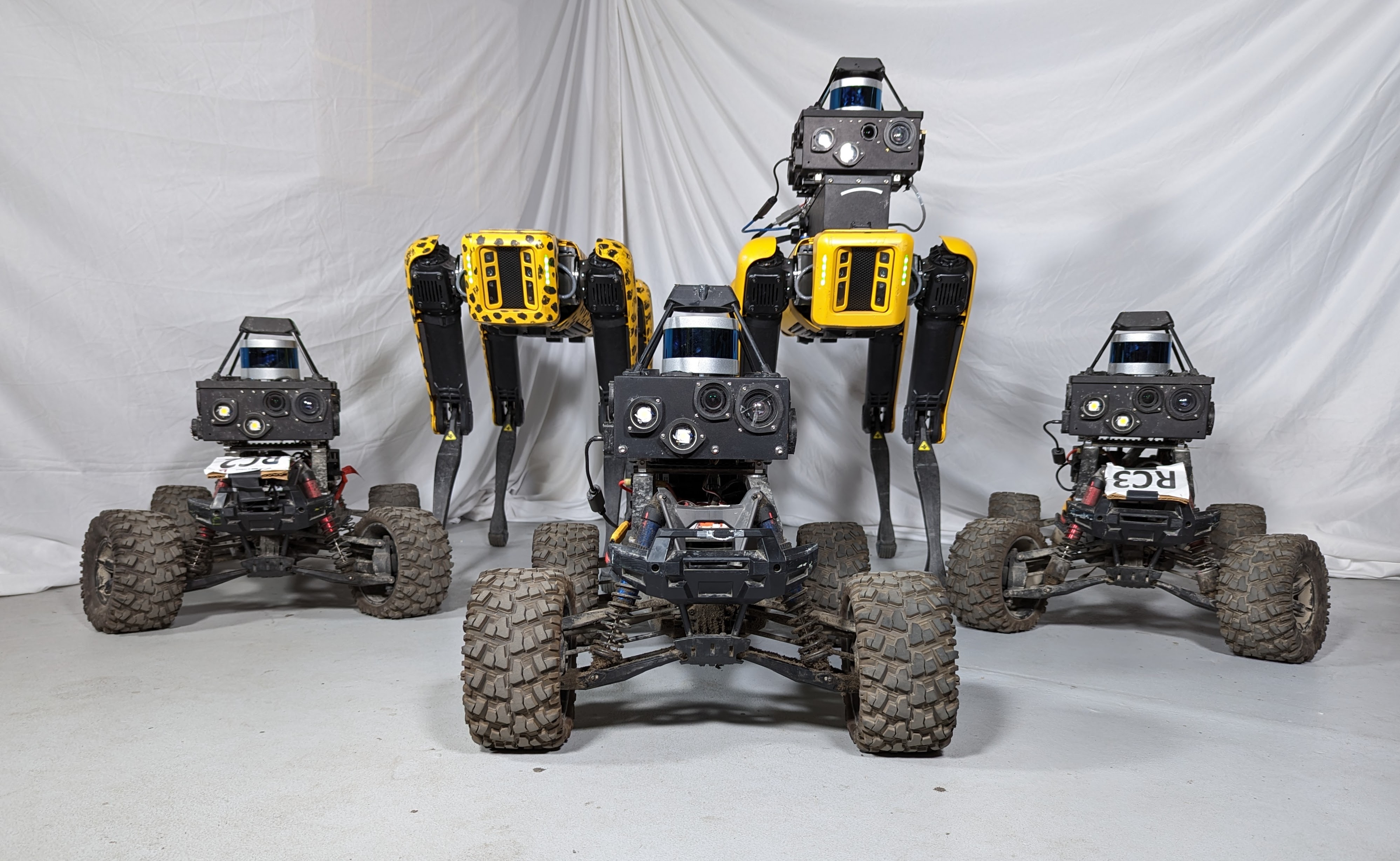Biologically Inspired Robot Locomotion

Animals moving on and in fluids and solids move their bodies in diverse ways to generate propulsion and lift forces. In fluids, animals can wiggle, stroke, paddle or slap, whereas on hard frictional terrain, animals largely engage their appendages with the substrate to avoid slip. Granular substrates, such as desert sand, can display complex responses to animal interactions. This complexity has led to locomotor strategies that make use of fluid-like or solid-like features of this substrate, or combinations of the two. We demonstrate the diverse array of methods used and insights gained in the study of both surface and subsurface limbless locomotion in these habitats. Counterintuitively, these seemingly complex granular environments offer certain experimental, theoretical, robotic and computational advantages for studying terrestrial movement, with the potential for providing broad insights into morphology and locomotor control in fluids and solids, including neuromechanical control templates and morphological and behavioral evolution. In particular, granular media provide an excellent testbed for a locomotion framework called geometric mechanics, which was introduced by particle physicists and control engineers in the last century, and which allows quantitative analysis of alternative locomotor patterns and morphology to test for control templates, optimality and evolutionary alternatives. Thus, we posit that insights gained from movement in granular environments can be translated into principles that have broader applications across taxa, habitats and movement patterns, including those at microscopic scales.

Snake robots have the potential to maneuver through tightly packed and complex environments. One challenge in enabling them to do so is the complexity in determining how to coordinate their many degrees-of-freedom to create purposeful motion. We study fundamental locomotion mechanisms, motion planning and controls using tools such as geometric mechanics.
We design the basic cyclic motion, gaits, for snake robots to perform effect and efficient locomotion in complex environments. We take the sidewinding gait as an example here: sidewinding is a form of locomotion executed by certain snakes and has been reconstructed in limbless robots; the gait is beneficial because it is effective in diverse terrestrial environments. Sidewinding gaits are generated by coordination of horizontal and vertical traveling waves of body undulation: the horizontal wave largely sets the direction of sidewinding with respect to the body frame while the vertical traveling wave largely determines the contact pattern between the body and the environment. When the locomotor’s center of mass leaves the supporting polygon formed by the contact pattern, undesirable locomotor behaviors (like unwanted turning or unstable oscillation of the body) can occur. We developed an approach to generate desired translation and turning by modulating the vertical wave. These modulations alter the distribution of body-environment contact patches and can stabilize configurations that were previously statically unstable. The approach first identified the spatial frequency of the vertical wave that statically stabilizes the locomotor for a given horizontal wave. Then, using geometric mechanics tools, we designed the coordination between body waves that produces the desired translation or rotation. Our scheme broadened the range of movements and behaviors accessible to sidewinding locomotors at low speeds, which can lead to limbless systems capable of traversing diverse terrain stably and/or rapidly.
Another example of biologically inspired gait design for snake robot, inspired by a behavior observed in the tiny nematode worm C. elegans, we proposed a novel in-place turning gait for elongated limbless robots. To simplify the control of the robots’ many internal degrees-of-freedom, we introduced a biologically-inspired template in which two coplanar traveling waves are superposed to produce an in-plane turning motion, the omega turn. Then we used geometric mechanics tools to find optimal parameters in the omega turn gait for the best robot performance. The omega turn gait results in a larger angular displacement and a smaller area swept by the body over a gait cycle, allowing the robot to turn in highly confined spaces.

The gait design process in geometric framework relies heavily on the accurate reconstruction of desired shapes in robots. However, it is challenging for the hyper-redundant snake robot to reconstruct an arbitrary 3D curve. When the robot configuration does not accurately achieve the desired shapes, the robot can have unexpected contacts with the environment, such that the robot does not achieve the desired motion. We proposed a method for snake robots to reconstruct desired backbone curves by posing an optimization problem that exploits the robot’s geometric structure. Our method resulted in smooth locomotion on the robot and allows the robot to approach the numerically predicted locomotive performance of a sequence of continuous 3D shapes.
Besides fundamental locomotion forms, we also investigate high level motion planning via geometric means. Contact planning for snake robots is one of our recent projects which is crucial to locomotion performance. Typically, the pattern by which contact is made and broken between the mechanism and its environment determines the motion of the robot. The design of these patterns, often called contact patterns, is a difficult problem. Using a geometric motion planning scheme, we developed a framework to design, optimize, and analyze contact patterns to generate effective motion in the desired directions. Inspired by prior work in geometric mechanics, we separated the configuration space into a shape space (the internal joint angles), a contact state space, and a position space; then we optimized the function that couples the contact state space and the shape space. Our framework provides physical insights into the contact pattern design and reveals principles of empirically derived contact pattern prescriptions. Applying this framework, we can design effective gaits for motion and further control the direction of motion for a range of robots with different numbers of motors.
We also developed compliant control for snake robot locomotion in complex environments. We used geometric methods to reduce the dimension of the robot’s state space to efficiently control the robot: instead of controlling all of the robot’s degrees-of-freedom, we need only control two for meaningful motions. We further adapted this technique to handle unmodeled terrain irregularities. We defined a compliant controller on the reduced state space, which used torque information measured at the robot’s joints. This improved the robot’s performance, but still the robot arrived at stuck configurations. To address this problem, we introduced a biologically inspired strategy called directional compliance, which selectively allows some portions of the robot to comply to the environment, while others remain stiff to push off for forward progression. Unfortunately, with pure directional compliance method, the robot can still get stuck. Therefore, we developed an estimator to determine the state of the robot and a controller that switches between compliance and directional compliance modes to help the robot get unstuck. We experimentally found that our method enables the snake robot to locomote more consistently than the pure compliant controller in obstacle-rich environments.



